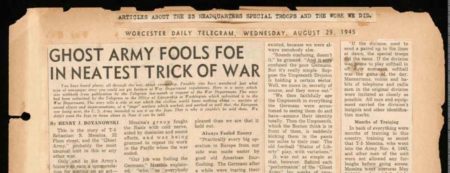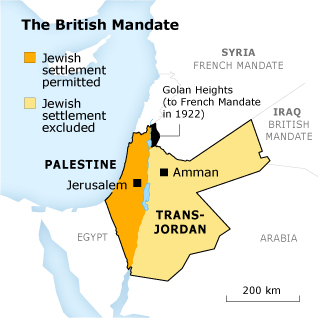Last year for Halloween, I wrote the blog, The Night Witches (click here to read the blog). It was then I decided to try and write an annual Halloween blog. So, this year I’d like to introduce you to the “Ghost Army,” a group of talented artists whose job it was to deceive and hide things from the enemy.

Prior to D-Day on 6 June 1944, Gen. Patton commanded the fictitious First United States Army Group (FUSAG). The FUSAG was created to convince the Germans that Patton was preparing for a cross-channel invasion at Pas de Calais. As part of the ruse, Patton commanded a group made up with dummy equipment. (Maybe that was his punishment for slapping a soldier or two.) However, known as “Operation Quicksilver,” Patton’s FUSAG was part of the larger deception scheme named “Operation Fortitude.” Along with the British network of double agents, FUSAG accomplished its mission and likely saved the lives of thousands of Allied soldiers (click here to read the blog, The Double Cross System).
Our blog today focuses on another secret group whose responsibilities were to deceive the Germans. However, most of their activities occurred after the invasion of Normandy. The unit and its mission were so secret the men were instructed to stay silent about their war time activities for fifty years and all files pertaining to the “Ghost Army” remained classified until 1986.


